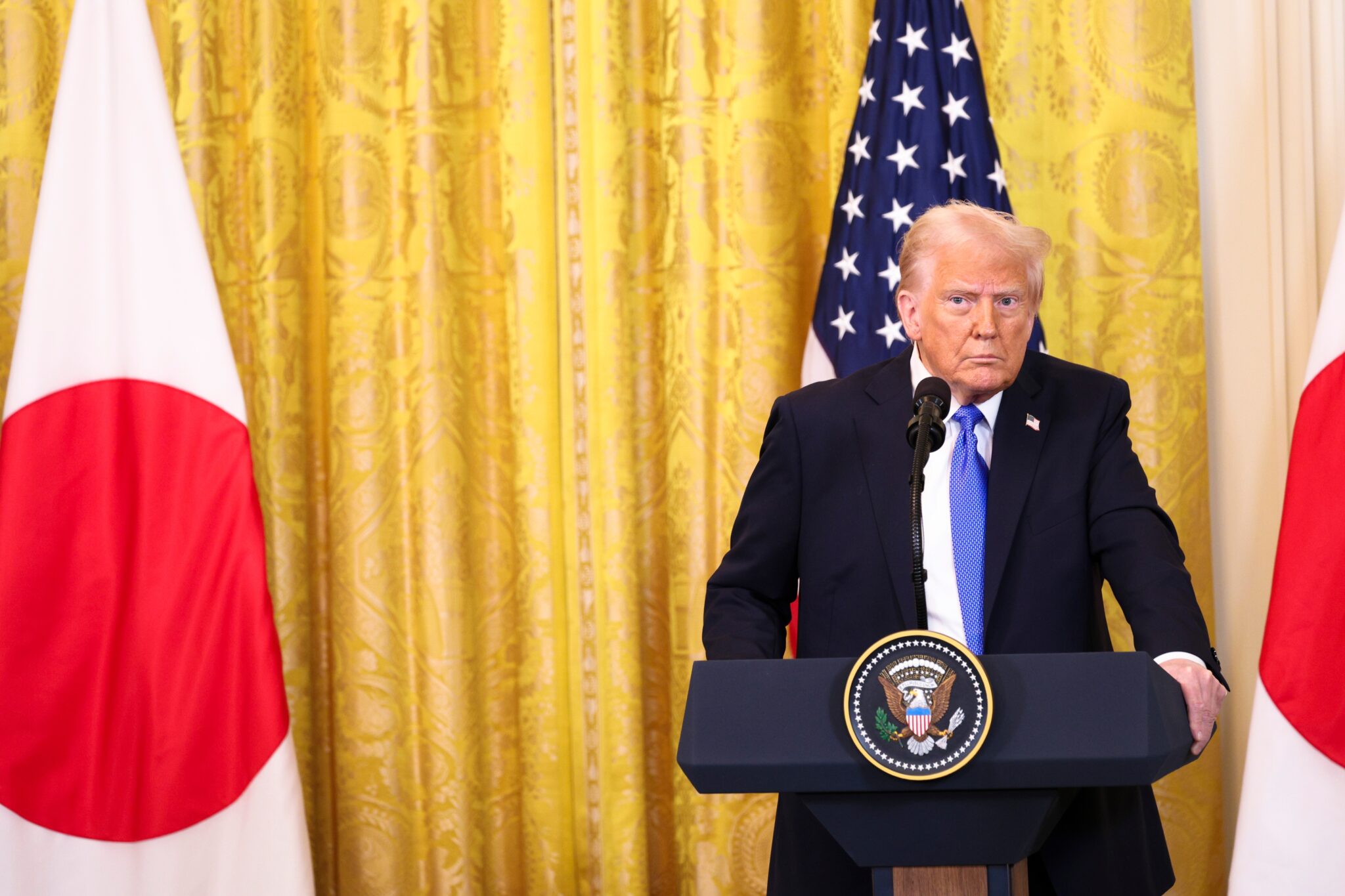Trump Admin Corrects Japan Tariff Error

The Trump administration corrects a critical tariff oversight that was unfairly penalizing American businesses importing Japanese goods with double taxation.
Story Highlights
- White House will revise July tariff order to eliminate double-stacking on Japanese imports
- U.S. agencies committed to refunding excess duties already collected from affected importers
- Original order gave EU tariff relief but excluded Japan, creating unfair competitive disadvantage
- Fix preserves $550 billion Japan investment deal while ensuring fair trade practices
Administrative Error Creates Unfair Burden on Businesses
The White House is preparing to amend its July 31 reciprocal tariff directive after discovering Japanese imports were being hit with stacked duties above the intended 15% baseline rate. Treasury Secretary Scott Bessent and Commerce Secretary Howard Lutnick pledged the correction following high-level talks in Washington. This administrative oversight forced American importers to pay punitive double tariffs that were never intended under the original U.S.-Japan trade framework.
US Commits to Removing Stacked Tariffs on Japanese Goods https://t.co/XSmf0yGjVK
— The Epoch Times (Singapore) (@epochtimestoday) August 10, 2025
EU Gets Preferential Treatment While Japan Excluded
The original July 31 presidential directive included explicit no-stacking language protecting European Union imports but inexplicably omitted Japan from the same provision. This created an uneven playing field where Japanese goods faced higher effective duty rates than European competitors. Japan’s chief negotiator Ryosei Akazawa announced after Washington meetings that U.S. officials agreed to provide Japan with identical treatment to maintain fair competition and honor the spirit of the bilateral agreement.
Watch: Japan Says U S Will Fix ‘Regrettable’ Error In Trump’s Tariff Order – YouTube
Historic Trade Deal Preserves American Jobs and Investment
The tariff correction protects the integrity of the administration’s most substantial trade agreement, which includes Japan’s commitment to invest $550 billion in American industries. Negotiations spanning eight rounds from April through July 2025 resulted in this historic package that balances reciprocal trade duties with massive foreign investment in U.S. manufacturing. The deal particularly benefits American auto workers and electronics manufacturers who rely on integrated supply chains for competitive production costs.
Immediate Relief Coming for American Importers
U.S. agencies will process refunds for excess duties collected since the August 7 effective date, providing cash-flow relief to businesses caught in the administrative gap. American companies importing Japanese machinery, auto parts, and electronics will see immediate reductions in their effective tax burden once the amendment takes effect. The fix eliminates compliance uncertainty that was forcing businesses to over-document entries and maintain complex tracking systems for potential future adjustments.
This correction demonstrates the administration’s commitment to fair enforcement of reciprocal trade policies while maintaining strategic alliances that benefit American workers and consumers. The swift response to Japan’s concerns shows effective diplomacy that protects both American interests and allied relationships essential for competing against China’s economic influence in the Pacific region.
Sources:
Assessing US-Japan Trade Deal Announcement – CSIS
Reciprocal Tariff Effective – Japan Times
President Trump Secures Unprecedented U.S.-Japan Strategic Trade and Investment Agreement – White House
Trump 2.0 Tariff Tracker – Trade Compliance Resource Hub
